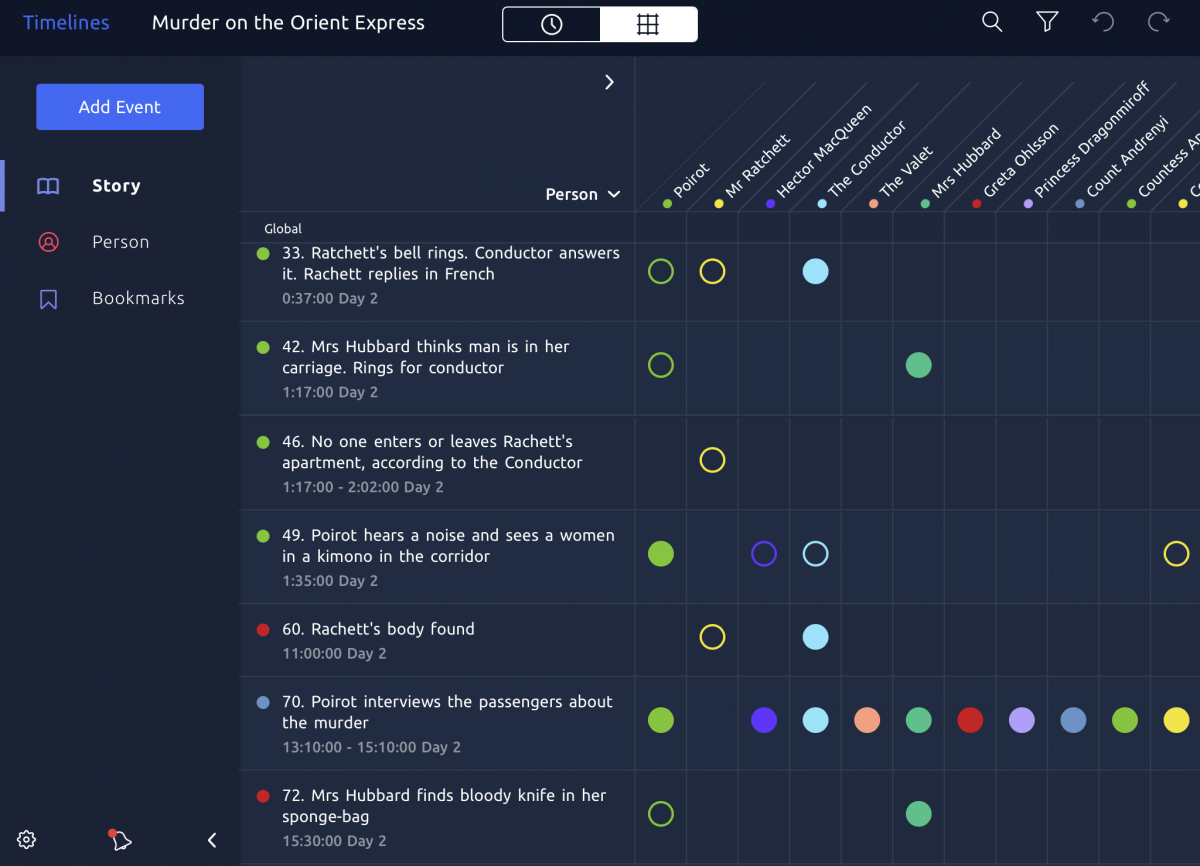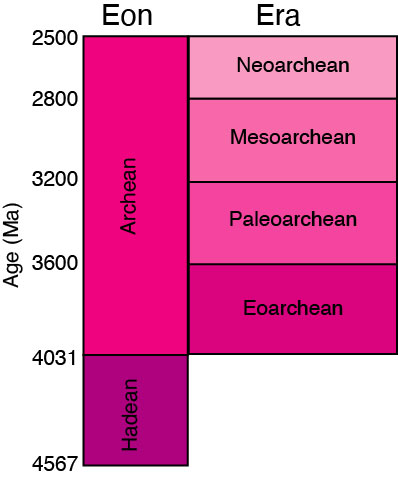
2nd jhana leads to 3 higher rupa lokas with respective lifespans of 2, 4 and 8 kalpas.1st jhana leads to 3 lowest rupa lokas with respective lifespans of 1/3, 1/2 and 1 kalpa.That’s how long, monk, an eon is.ĭescribed in the Vibhanga division of the Abhidhamma Pitaka are sixteen rupa brahma lokas (worlds or planes) and four higher arupa brahma lokas, each attained through the imperfect, medial or perfect performance of the four states of jhana (meditation), granting a duration of life measured in kalpas that exceed the top-most heavenly loka of 9.216 billion years: More quickly would that great mountain of rock waste away and be consumed by that effort, but not the eon. Suppose there were a great mountain of rock-a league long, a league wide, a league high, uncracked, uncavitied, a single mass-and a man would come along once every hundred years and rub it once with a Kāsi cloth. This period would be immense in its duration but it has been declared by Buddha that it would not be equal to a Maha Kalpa.Ī similar similitude is found in the Mountain Pabbata Sutta (SN 15:5) of the Pali Canon:

AEON TIMELINE CHOOSE ERA FREE
Were a man to take a piece of cloth of this most delicate texture, and therewith to touch in the slightest possible manner, once in a hundred years, a solid rock, free from earth, a yojana high, and as much broad, the time would come when it would be worn down, by this imperceptible trituration, to the size of a mung or undu seed.

He confines his teachings to the present kalpa, the duration of which he doesn't arithmetically define, but uses a similitude: Gautama Buddha claimed an incalculable number of Buddhas lived in previous kalpas: Vipassi Buddha 91 kalpas ago, Sikhi Buddha 31 kalpas ago, and three prior Buddhas in the present kalpa. This part of the Buddhist manuscripts dates back to the middle part of the last millennium BCE. This speaks of "Kappâtita: one who has gone beyond time, an Arahant". In the Pali language of early Buddhism, the word kalpa takes the form kappa, and is mentioned in the assumed oldest scripture of Buddhism, the Sutta Nipata. Brahmā and his creation are all part of the material universe, and therefore they are in constant flux. In the Causal Ocean there are innumerable Brahmās rising and disappearing like bubbles. By these calculations the life of Brahmā seems fantastic and interminable, but from the viewpoint of eternity it is as brief as a lightning flash. Brahmā lives one hundred of such "years" and then dies. These four yugas, rotating a thousand times, comprise one day of Brahmā, and the same number comprise one night. A kalpa is a day of Brahmā, and one day of Brahmā consists of a thousand cycles of four yugas, or ages: Satya Yuga, Treta Yuga, Dvapara Yuga and Kali Yuga. The duration of the material universe is limited. The definition of a kalpa equaling 4.32 billion years is found in the Puranas-specifically Vishnu Purana and Bhagavata Purana. At the end of a kalpa, the world is annihilated by fire. Fifty years of Brahma are supposed to have elapsed, and we are now in the Shveta-Varaha Kalpa or the first day of his fifty-first year. According to the Mahabharata, 12 months of Brahma (=360 days) constitute his year, and 100 such years his life called a maha-kalpa (311.04 trillion years or 36,000 kalpa + 36,000 pralaya). A month of Brahma contains thirty such days and nights, or 259.2 billion years. A kalpa is followed by a pralaya (dissolution) of equal length, which together constitute a day and night of Brahma.

Preceding the first and following each manvantara period is a juncture ( sandhya) equal to the length of a Satya Yuga (1,728,000 years).

Each kalpa is divided into 14 manvantara periods, each lasting 71 Yuga Cycles (306,720,000 years). In Hinduism, a kalpa is equal to 4.32 billion years, a "day of Brahma" or one thousand mahayugas, measuring the duration of the world. See also: Hindu units of time, Manvantara, and Yuga Cycle


 0 kommentar(er)
0 kommentar(er)
